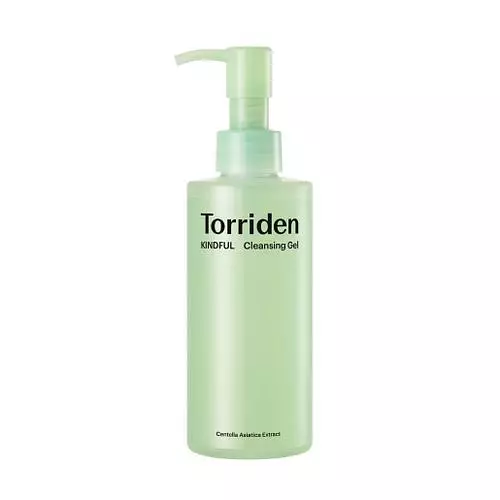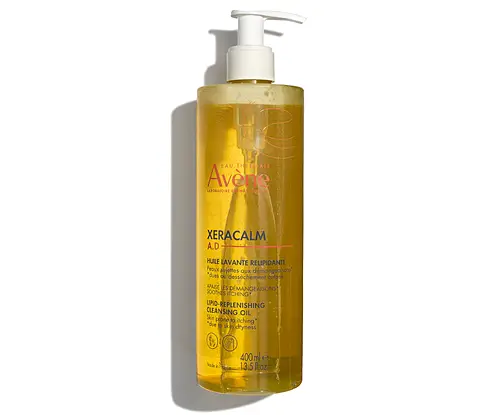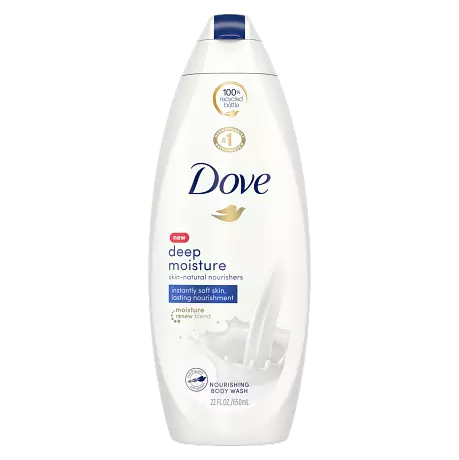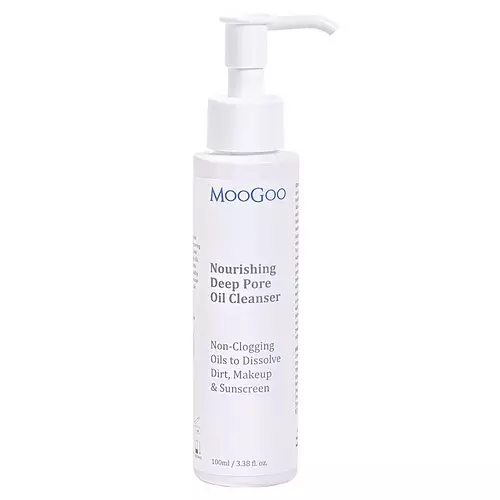Bioderma Atoderm Cleansing Oil Versus Rovectin Aqua Hydration Gentle Cleansing Gel
Updated on November 06, 2023
Overview
What they are
These products are both reef safe . They have a total of 5 ingredients in common
Suited For
They're both likely to be good for anti aging, dry skin, brightening skin, scar healing and better texture
Free From
They both do not contain any harsh alcohols, common allergens, oils, parabens, silicones or sulfates
We independently verify ingredients, and our claims are backed by peer-reviewed research. Spot a product that needs an update? Let us know.
Ingredient Info
Bioderma Atoderm Cleansing Oil 21 ingredients
Rovectin Aqua Hydration Gentle Cleansing Gel 27 ingredients
At a glance
Click on any of the items below to learn more
Bioderma Atoderm Cleansing Oil 21 ingredients
Rovectin Aqua Hydration Gentle Cleansing Gel 27 ingredients
Notable Ingredients
This product contains 1 ingredient that may have this attribute:
This product contains 1 ingredient that may have this attribute:
This product contains 1 ingredient that may have this attribute:
This product contains 1 ingredient that may have this attribute:
Benefits
This product contains 2 ingredients that may have this attribute:
This product contains 1 ingredient that may have this attribute:
This product contains 1 ingredient that may have this attribute:
This product contains 1 ingredient that may have this attribute:
This product contains 2 ingredients that may have this attribute:
This product contains 1 ingredient that may have this attribute:
This product contains 1 ingredient that may have this attribute:
This product contains 2 ingredients that may have this attribute:
This product contains 1 ingredient that may have this attribute:
This product contains 5 ingredients that may have this attribute:
Concerns
This product contains 1 ingredient that may have this attribute:
This product contains 2 ingredients that may have this attribute:
This product contains 2 ingredients that may have this attribute:
This product contains 1 ingredient that may have this attribute:
Benefits
This product contains 1 ingredient that may have this attribute:
This product contains 1 ingredient that may have this attribute:
This product contains 1 ingredient that may have this attribute:
This product contains 1 ingredient that may have this attribute:
This product contains 2 ingredients that may have this attribute:
Concerns
This product contains 1 ingredient that may have this attribute:
This product contains 1 ingredient that may have this attribute:
Ingredients Side-by-side
Ingredients Explained
These ingredients are found in both products.
Ingredients higher up in an ingredient list are typically present in a larger amount.
Water. It's the most common cosmetic ingredient of all. You'll usually see it at the top of ingredient lists, meaning that it makes up the largest part of the product.
So why is it so popular? Water most often acts as a solvent - this means that it helps dissolve other ingredients into the formulation.
You'll also recognize water as that liquid we all need to stay alive. If you see this, drink a glass of water. Stay hydrated!
Learn more about WaterGlycerin is already naturally found in your skin. It helps moisturize and protect your skin.
A study from 2016 found glycerin to be more effective as a humectant than AHAs and hyaluronic acid.
As a humectant, it helps the skin stay hydrated by pulling moisture to your skin. The low molecular weight of glycerin allows it to pull moisture into the deeper layers of your skin.
Hydrated skin improves your skin barrier; Your skin barrier helps protect against irritants and bacteria.
Glycerin has also been found to have antimicrobial and antiviral properties. Due to these properties, glycerin is often used in wound and burn treatments.
In cosmetics, glycerin is usually derived from plants such as soybean or palm. However, it can also be sourced from animals, such as tallow or animal fat.
This ingredient is organic, colorless, odorless, and non-toxic.
Glycerin is the name for this ingredient in American English. British English uses Glycerol/Glycerine.
Learn more about GlycerinLauryl Glucoside sugar- and lipid-based cleansing agent. It is created from glucose and lauryl alcohol.
Lauryl Glucoside makes it easier to rinse oil, dirt, and other polluants away.
A British study found lauryl glucoside to cause skin sensitivity for some people. We recommend speaking with a professional if you have concerns.
Learn more about Lauryl GlucosideCoco-Glucoside is a surfactant, or a cleansing ingredient. It is made from glucose and coconut oil.
Surfactants help gather dirt, oil, and other pollutants from your skin to be rinsed away. Coco-Glucoside is considered gentle and non-comedogenic.
This ingredient is a known skin-irritant.
Learn more about Coco-GlucosideCitric Acid is an AHA derived from citrus fruits (think oranges, lemons, and limes!).
As an AHA, Citric Acid removes the top layer of skin cells from the newer layer of skin underneath. This helps skin to remove dark spots and even out skin tone.
If you spot Citric Acid near the end of an ingredient list, it's likely there as a pH adjuster rather than an active ingredient.
Read more about some other popular AHA's here:
Learn more about Citric AcidIngredient Ratings
Here's what our community thinks of the ingredients in these products.
When to use
Bioderma Atoderm Cleansing Oil 21 ingredients
Rovectin Aqua Hydration Gentle Cleansing Gel 27 ingredients


Reviews
Here's what our community thinks
Bioderma Atoderm Cleansing Oil 21 ingredients
Kadri Reede
I have been bathing and showering my son with it since his birth (for 3 years)
I shave my legs with it. I wash my body with it.
It's so...
I have been bathing and showering my son with it since his birth (for 3 years)
I shave my legs with it. I wash my body with it.
It's so versatile and I never want to be without it.
It's oil, but it doesn't leave You oily.
Rovectin Aqua Hydration Gentle Cleansing Gel 27 ingredients
sword
This is the Rovectin Skin Essentials Conditioning cleanser with updated packaging. It's my go-to cleanser regardless of whatever skin troubles I...
This is the Rovectin Skin Essentials Conditioning cleanser with updated packaging. It's my go-to cleanser regardless of whatever skin troubles I have. It has a gel texture that turns into a very fluffy and silky foam. It feels very gentle and doesn't strip or irritate my skin. It always works wonderfully for me and I always make sure to have a bottle on hand.
tsuki
best gel cleanser! I believe it very very gently exfoliates during each wash too. kept my skin hydrated and did not strip it!

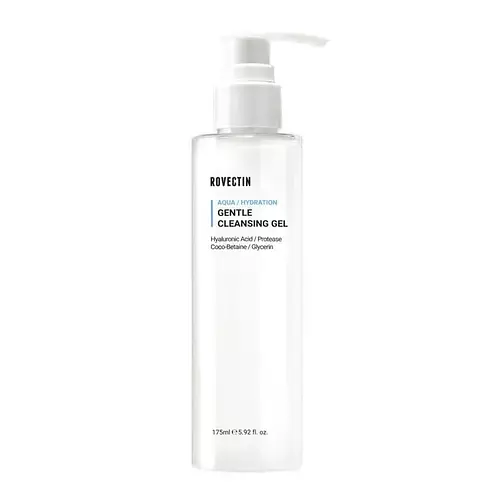







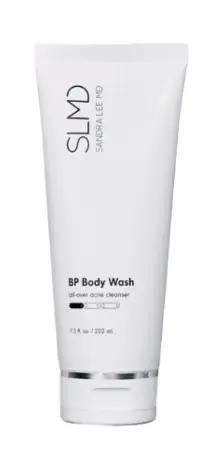
.webp)

